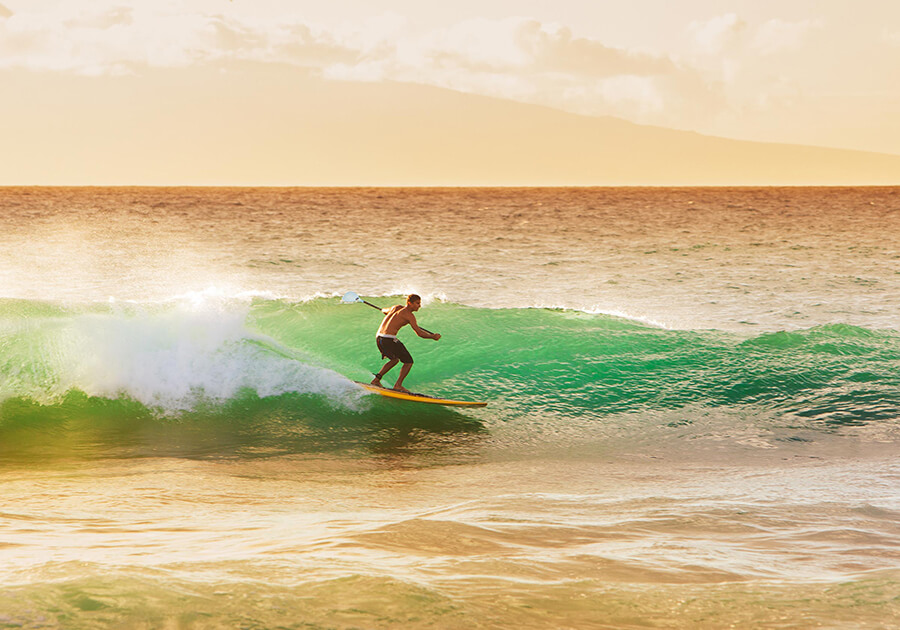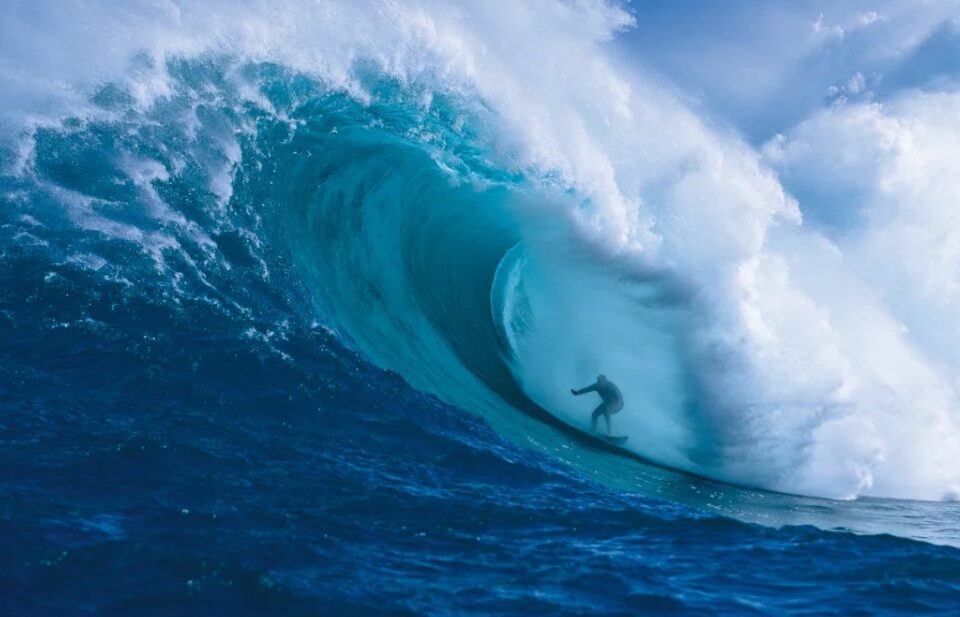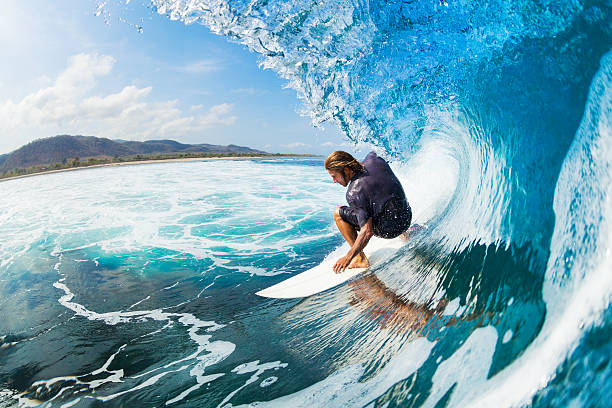A common question among those surfing the Pacific Coast of Costa Rica for the first time is whether there are any dangerous marine animals to be aware of. In a word, yes.
The coast from Dominical down to Bahia Ballena is part of the eastern Pacific tropics, a lush region that is home to many exotic species of animal life, some of which can cause you pain if you’re not careful. The two to be most cautious of are stringrays and jellyfish.
Surfing Free of the Stingray
Stingrays are found lying in the sand of coastal waters. If you step on one, it will whip around and sting you with its muscular tail, driving as many as 4 sharp, barbed stingers into your sorry self. The resulting pain will intensify over 2 hours before beginning to subside. You may also become nauseous and experience muscle cramping.
It is unlikely that the sting will kill you unless it strikes you directly in the heart or severs an artery. The vast majority of stingray stings occur on the lower leg or foot.
Stingrays are not aggressive. They will not seek you out to sting you. But if you step on one it will act defensively and give you something to remember it by.
The trick to avoiding stingrays is to let them find you before you find them. You are advised to shuffle your feet in the sand as you wade out to surf. The stingray will detect the agitation and take off.
At the Uvita Surf School in Playa Uvita there has not been a stingray incident in several years. Nevertheless, Tito, the lead surfing instructor, always advises his students to practice caution by using the foot shuffling method when heading out into the waves.
Surfing Free of the Jellyfish
If stingray stings are rare, it is even less likely that you will encounter a jellyfish, but it is possible. Jellyfish are a potential hazard on beaches throughout the world and jellyfish stings are the most common marine injury on the planet.
If you brush up against a jellyfish, you will be pierced with a cluster of needlelike filaments that discharge a nasty venom. The stinging sensation will be immediate and the pain will increase over 10 minutes before leveling off. You will experience a redness of the skin, itchiness and minor swelling. You may become nauseous or experience muscle spasms.
You can lessen the trauma by treating the sting properly. Don’t wash it in fresh water. That will only stimulate the imbedded needles to secrete more venom. Instead, apply vinegar to the wound. Don’t brush at the wound. Instead try to lift the needles away or shave them off with shaving cream and a razor.
You may want to take an oral antihistamine like Benadryl to lessen your body’s allergic reaction to the venom. The effects of the sting may last from a few hours to a few weeks depending on the toxicity of the venom.
The good news for Costa Rican surfers is that jellyfish tend to proliferate in areas of over-fishing and marine contamination, neither of which are a problem in the clean, fish-friendly waters of southwest Costa Rica. Jellyfish sightings along the beaches of southwest Costa Rica are quite infrequent.
So the likelihood that you will be stung by a stingray or a jellyfish while surfing in Costa Rica is rare, but not unheard of, so it’s best to be prepared with proper knowledge of how to avoid them and what to do if a sting occurs.
Image Credits:
Stingray, Gary Rinaldi











